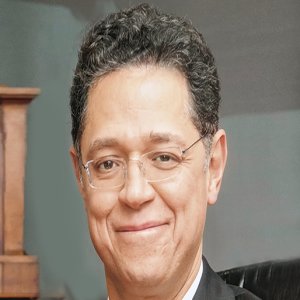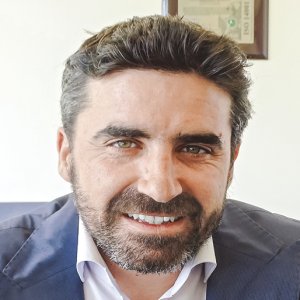Multipronged Approach Advances Green Financing

STORY INLINE POST
Q: How does the bank decide where to allocate resources and what is NAFINSA’s strategy in the energy area?
A: The objective of our sustainable projects unit is to finance national and international companies and financial intermediaries from both the private and public sectors that promote projects in Mexico, oriented toward ecological, economic and social development. The unit focuses on either wind, cogeneration, solar or mini-hydro projects and within each area of focus either on financial structuring or credit management and monitoring. It also looks at long-term debt for project development, partial credit guarantees, tailor-made financial structures, credit offers to cover construction tax payments on projects and potential local currency funding for foreign banks to fund their participation in Mexican projects. We have advanced our green strategy through four principal initiatives: being the trustee of the Mexican government’s Climate Change Trust Fund (CCTF), participating in international forums, providing financing for green projects’ renewable energy, cogeneration and energy efficiency and promoting technical assistance and training to financial institutions and micro, small and medium enterprises (MSMEs) on the importance of efficient technology and the efficient use of energy for economic and environmental benefits.
Q: What role does NAFINSA play in the development of utility-scale energy projects?
A: In 2009, our sustainable projects unit was created to participate in the financing of environmentally friendly ventures, with a focus on the strategic development of renewable energy generation and related infrastructure. In 2010, we became the first Mexican bank to provide financing for a wind farm project in Mexico. In recent years, we have intensified the implementation of our green financing strategy, in line with the objectives of the National Development Plan. We developed a program for the financing of sustainable projects that promotes economic growth, allowing companies to preserve Mexico’s natural resources while generating wealth.
As of Sept. 30, 2016, our portfolio of sustainable project loans reached MX$10.7 billion and included financing for the construction and operation of 11 wind farms, one mini- hydro plant, one co-generation plant and one solar farm.
Since 2009, our funding of renewable energy projects has totaled about US$550 million of the US$5 billion 175 invested overall and a total installed capacity of 1.6GW.
These projects are calculated to reduce CO2 emissions by almost 2.9 million tons per year. This portfolio has been funded with resources from various multilateral and bilateral agencies such as IADB, World Bank and KfW Development Bank. Additionally, in October 2015, we raised US$500 million in an international debt offering of our 3.375 percent green notes due in 2020, which we used to refinance eight wind farm projects. Finally, on Aug. 31, 2016, we issued a MX$2 billion seven-year green bond yielding a 6.05 percent coupon as part of NAFINSA’s mandate to develop domestic capital markets.
Q: Why did NAFINSA launch the first international Mexican green bond?
A: NAFINSA wanted to achieve two objectives. The first and most important was to raise enough resources to fund our increasing renewable energy portfolio, and second, return to the international debt markets after 18 years of absence. These objectives are aligned with the commitment of Mexico to being active in the development of climate change-related financial instruments and the transition to a low-carbon economy. Mexico plays an important role on different environmental issues, including climate change and the use of renewable energies. Since 2009 with the Climate Change Law, Mexico has supported and shown leadership. In March 2015, we became the first developing country to formally submit its 2020 Climate Change Plans to the UN, following the EU, Switzerland and Norway in laying out their commitments to reduce greenhouse gas emissions. Also, the Energy Reform promotes investment in clean energy technology. Green bonds are one of the most important vehicles for achieving these goals.
























